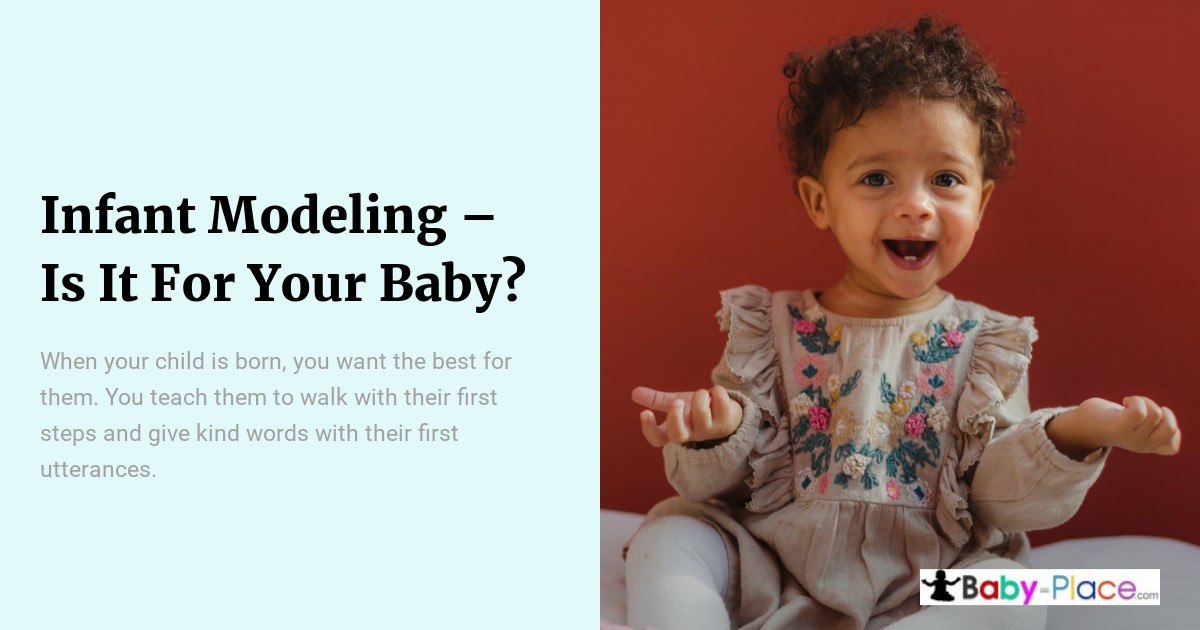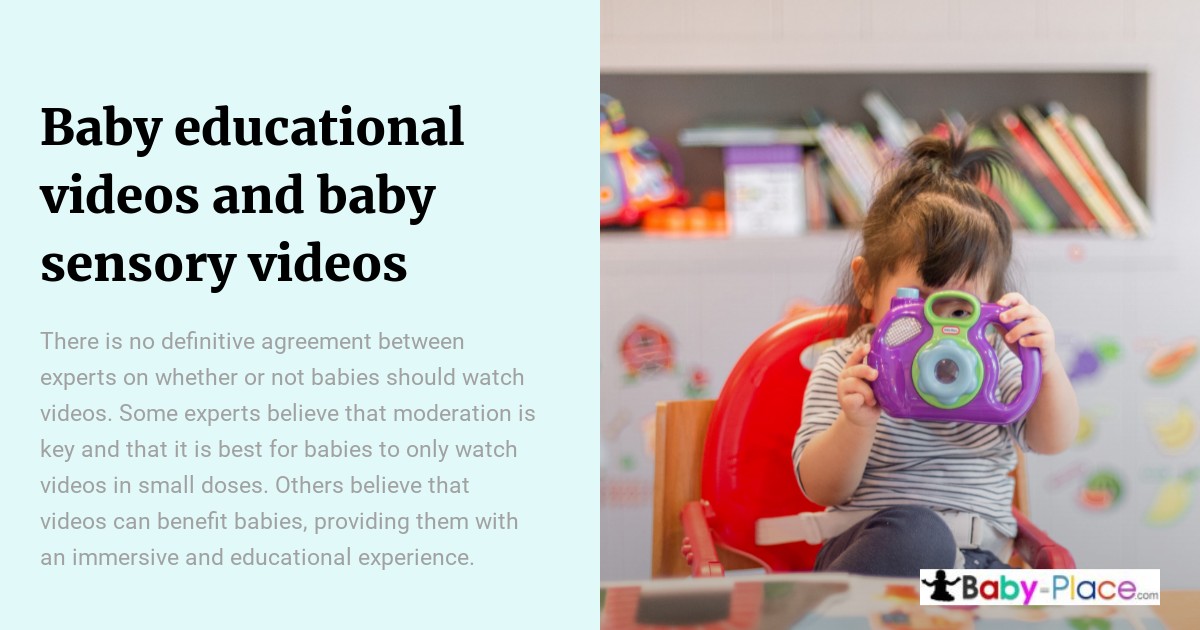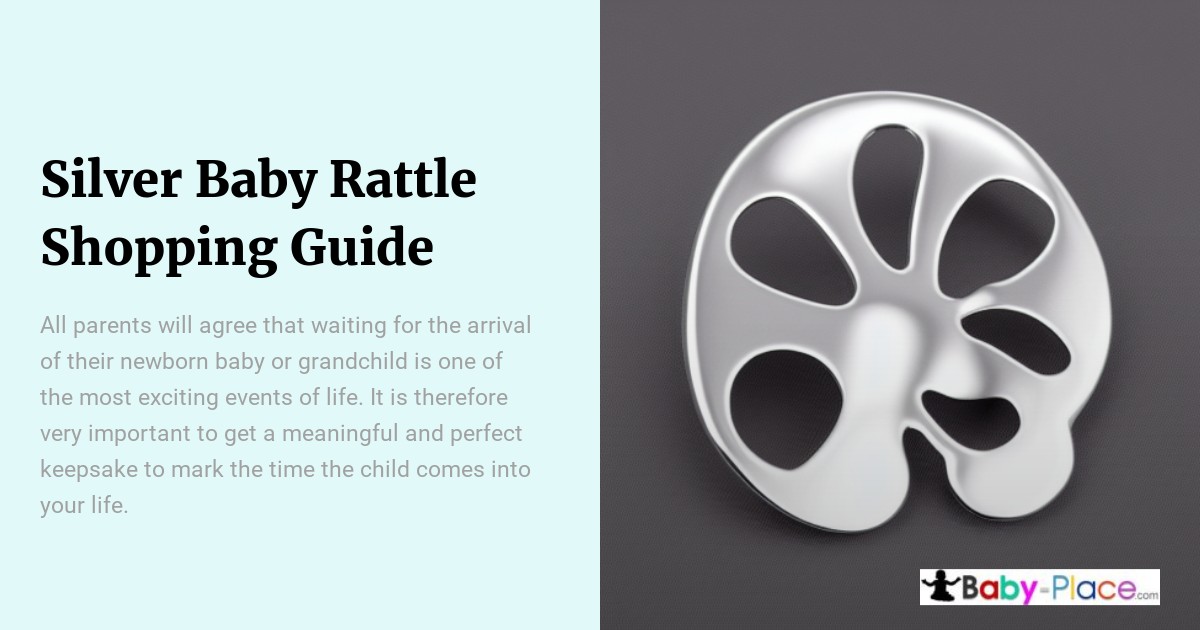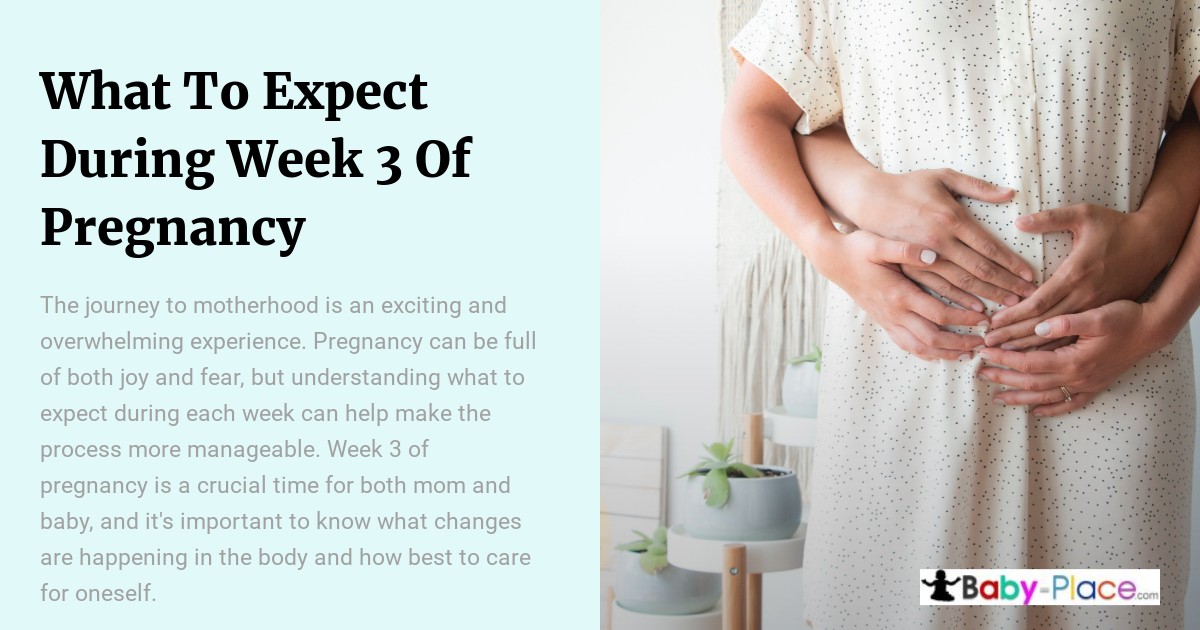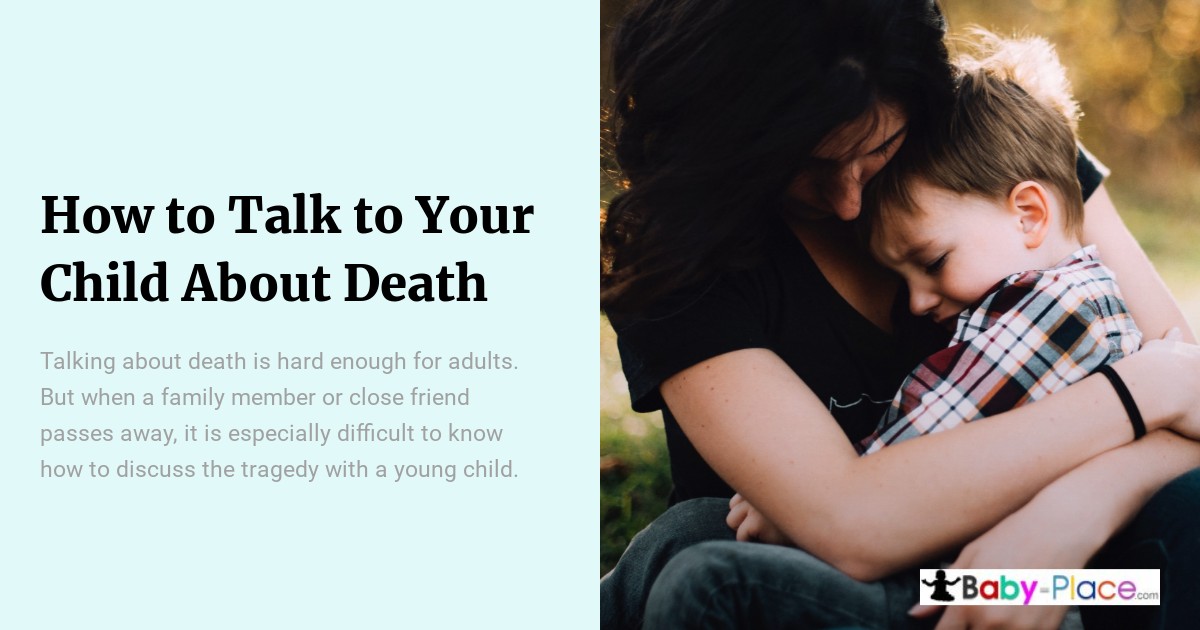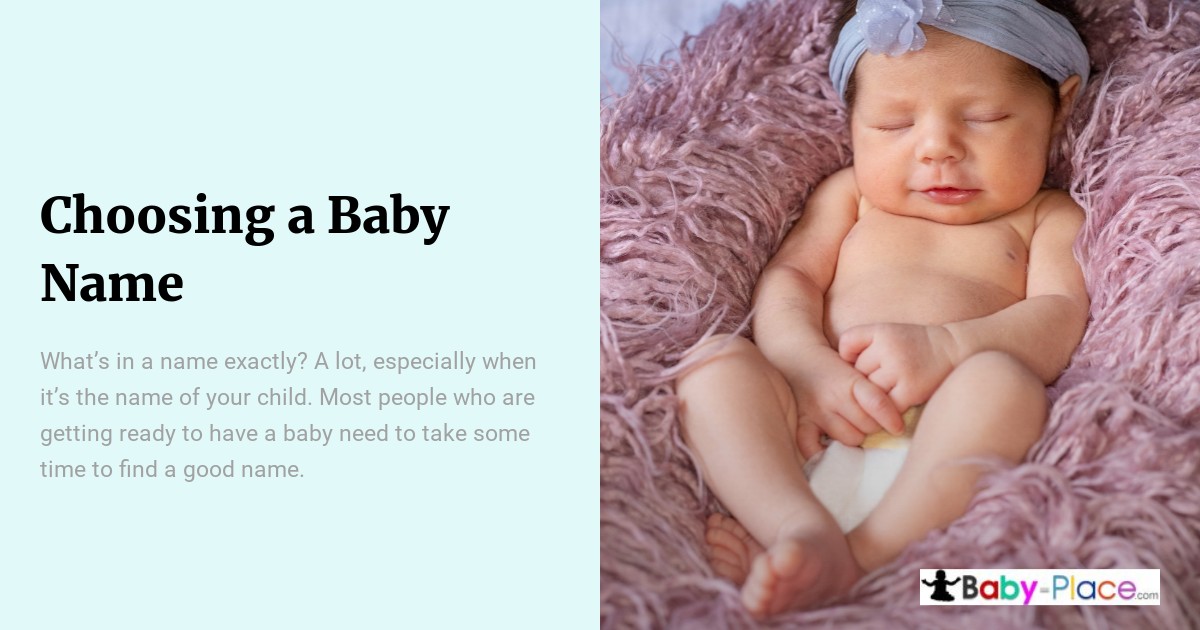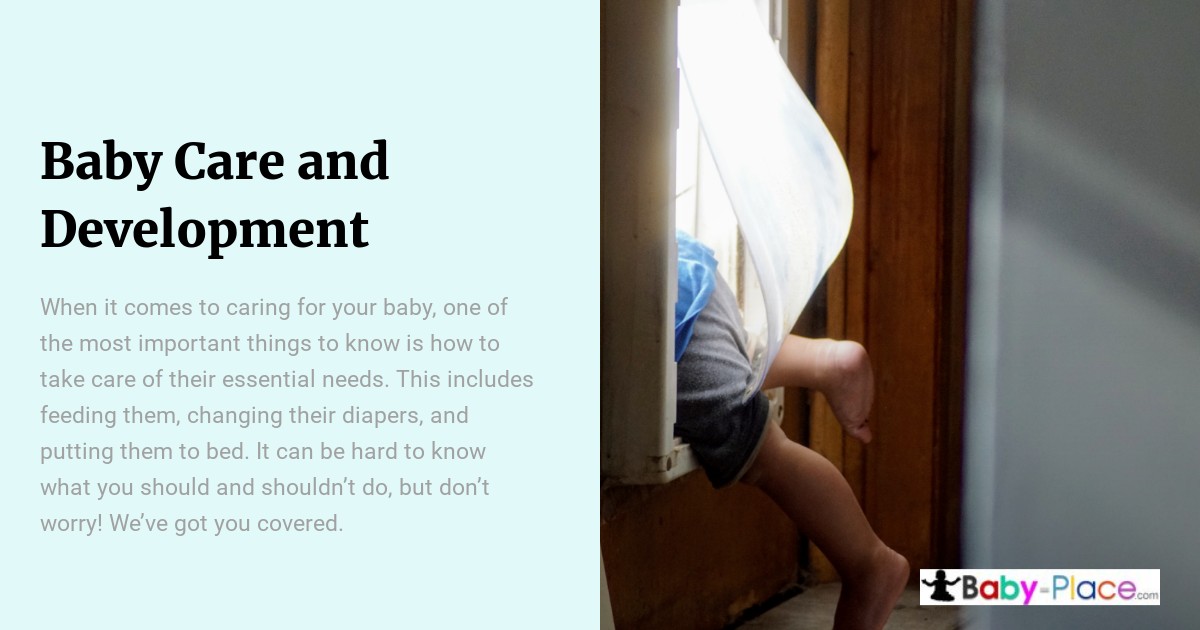These methods have been popularized by experts in child development and offer some unique approaches to help your little one get a good night’s rest.
Specific approaches have been given names such as Ferberizing, The Sleep Lady Shuffle, or The No-Cry Method. Each method has its own philosophy and set of guidelines for parents to follow when trying to establish healthy sleep patterns for their babies.
In this article, we will explore some of these named methods, their key principles, and how they may work for your family’s needs.
Ferber Method
One method that has gained popularity in recent years is the Ferber Method. Developed by Dr. Richard Ferber, this approach involves gradually increasing intervals of letting your baby cry it out before checking on them, with the end goal being for them to learn how to self-soothe and fall asleep independently.
While controversial among some parents who believe in immediate response to crying, proponents argue that it can lead to better sleep habits for both babies and parents alike.
Chair Method
The Chair Method is a popular baby sleeping method that involves placing a chair next to the crib or bassinet where your baby sleeps.
This method is also known as the ‘presence’ method because it relies on you being present in the room while your baby falls asleep.
The idea behind this method is that your presence provides comfort and security for your baby, helping them feel safe enough to drift off into slumber.
To use the Chair Method, simply sit in the chair by your baby’s bed until they fall asleep.
You can read a book, work on your laptop, or engage in other quiet activities to pass the time.
Once your little one has drifted off, you can quietly exit the room.
While some parents find this method effective, others may struggle with sitting still for extended periods of time or finding a comfortable position in the chair.
Babies who are used to having someone nearby may have difficulty falling asleep without their parent’s presence over time.
Overall, if you’re looking for a gentle way to help soothe your baby to sleep and don’t mind spending some time sitting by their side each night, the Chair Method could be worth trying out.
Just remember that every child is different, and what works for one family may not work for another!
Cry It Out Method
The Cry it Out method is a popular sleep training technique that involves allowing the baby to cry for certain periods of time before intervening. While some parents swear by this method, others find it too distressing and choose not to use it. It’s important to note that there are different variations of the Cry it Out method, including Ferberizing and Weissbluth’s extinction method.
If you’re considering using the Cry it Out method, here are some things to keep in mind:
- Start gradually: Gradually increase the amount of time you wait before going into your baby’s room.
- Consistency is key: Once you start implementing the Cry it Out method, stick with it until you see results.
- Consider your baby’s temperament: Some babies may be more adaptable than others.
It’s worth noting that while the Cry it Out method can be effective in helping babies learn how to self-soothe and fall asleep on their own, it isn’t for everyone. As with any parenting decision, make sure you do what feels right for both you and your baby.
Pick Up Put Down Method
Interestingly, a study conducted by the American Academy of Pediatrics found that using the pick-up-put-down method can reduce nighttime awakenings and increase total sleep time in infants.
This technique involves picking up your baby when they begin to cry or fuss during bedtime and soothing them until they are calm enough to be put back down in their crib.
While this method may require some patience and persistence, it can ultimately lead to better sleep habits for both you and your little one.
With consistency and gentle reassurance, the pick up put down method could potentially help your baby develop healthy sleep patterns over time without resorting to more drastic measures like crying it out.
No Cry Sleep Solution
The No Cry Sleep Solution is a gentle approach to help babies sleep without letting them cry it out. It involves creating healthy sleep habits and routines for your baby, such as establishing a consistent bedtime and nap schedule, using calming techniques like a warm bath or massage before bed, and avoiding overstimulation before bedtime.
The method encourages parents to respond promptly to their baby’s needs during the night by offering comfort and reassurance without picking up or feeding the baby every time they wake up.
To implement the No Cry Sleep Solution successfully, here are three tips:
- Keep a sleep diary: Track your baby’s sleeping patterns, including when they go to bed, how long they sleep, and when they wake up. This will help you identify any issues with your current routine that may be affecting their sleep.
- Be patient: Remember that changes in sleep habits take time and consistency. Stick with the new routine for at least two weeks before making any adjustments.
- Communicate with your partner: Make sure both parents are on board with implementing this method consistently so that there is no confusion or inconsistency in responding to your baby’s needs during the night.
By following these guidelines, you can create a peaceful environment for your baby to fall asleep comfortably without tears or distress.
The Baby Sleep Site® Method
After discussing the No Cry Sleep Solution, let’s take a look at The Baby Sleep Site® Method.
This approach is focused on creating a personalized sleep plan for your baby based on their unique needs and temperament.
This method aims to help babies learn how to fall asleep independently without relying on external factors such as rocking or nursing.
The Baby Sleep Site® uses gentle methods like gradual weaning off night feedings and comforting techniques that gradually decrease over time.
They also offer support through online resources and personalized consultations with certified sleep consultants.
With its tailored approach, many parents have reported success in getting their babies to sleep longer and more consistently using The Baby Sleep Site® Method.
The Babywise Method
As parents, we all want our babies to sleep soundly through the night. The Babywise Method is a popular approach that can help achieve just that. As a wise owl watches over its young, this method provides structure and consistency in a baby’s routine, leading to better sleep habits and overall development.
Key principles of the Babywise Method include:
- Establishing a consistent feeding schedule
- Implementing wake-time activities for stimulation and growth
- Teaching self-soothing techniques
The benefits of using this method are:
- Improved sleeping patterns for both parent and child
- A more predictable routine makes it easier to plan your day
- Promotes healthy eating habits as feedings become more structured
However, some potential drawbacks should be considered, such as:
- It may not work for every baby.
- There has been controversy surrounding strict adherence to scheduled feedings causing dehydration or malnutrition in infants.
- Some parents may find it difficult to stick to set routines due to their own busy schedules.
Overall, there are pros and cons associated with any parenting methodology. While the Babywise Method offers clear benefits in terms of establishing good sleep habits and promoting healthy eating, it is important for each family to weigh these against potential challenges before deciding if it is right for them.
Sleep Training with Dr. Karp’s The Happiest Baby Methods
If you’re looking for another popular and effective baby sleeping method, look no further than Dr. Karp’s The Happiest Baby Methods. This technique focuses on the “5 S’s”: swaddling, side/stomach positioning, shushing, swinging, and sucking. By combining these elements in a specific way, parents can soothe their babies to sleep quickly and easily.
In fact, many parents report that their infants fall asleep within minutes using this method! To help make sense of it all, here is a handy table outlining each of the 5 S’s:
| S | Technique | Explanation |
|---|---|---|
| Swaddling | Wrapping baby snugly in a blanket | Provides womb-like comfort and prevents startle reflex |
| Side/Stomach Positioning | Holding baby on their side or stomach while supporting their head and neck | Mimics being held by a caregiver and helps with digestion |
| Shushing | Creating white noise with your voice or an app/device | Calms babies by reminding them of sounds heard in utero |
| Swinging/Rocking | Gently bouncing or rocking the baby in arms or with a swing/rocker device | Helps stimulate motion felt during pregnancy |
| Sucking | Giving baby something to suck on (breast/bottle/pacifier) | It Soothes the baby’s natural desire to suck |
By utilizing these techniques together, parents may find themselves with a much happier (and well-rested) little one. Of course, every baby is different – some may prefer certain methods over others or have individual needs that require additional attention. As always, consult with your pediatrician before starting any new sleep training methods to ensure they are safe for your child.
The Sleep Lady® Shuffle
The Sleep Lady® Shuffle is a gentle sleep training method that encourages babies to learn how to self-soothe and fall asleep on their own.
This approach involves gradually reducing the amount of time parents spend soothing their baby until they are able to fall asleep without any outside help.
The process can take several weeks, but it typically yields positive results in terms of improved sleep for both baby and parents.
One of the key benefits of this method is that it does not involve leaving your baby to cry alone, which can be emotionally difficult for many parents.
Instead, you stay with your baby throughout the entire process, providing comfort and reassurance as needed while slowly decreasing your involvement over time.
While every child is different, many families find success with The Sleep Lady® Shuffle when other methods have failed or proven too stressful for everyone involved.
The Extinction Method
The Sleep Lady® Shuffle may work for some parents, but others may need to try a more drastic method. That’s where the Extinction Method comes in.
Also known as ‘cry-it-out,’ this approach involves putting your baby down to sleep and then not responding to their cries until morning. While it can be difficult for parents to hear their child cry without intervening, proponents of this method argue that it teaches infants how to self-soothe and fall asleep on their own.
However, critics worry that leaving babies alone for too long could lead to attachment issues or even psychological harm. It is important for each family to carefully consider the risks and benefits before deciding which sleeping method is right for them.
The Wake and Sleep Method
Do you know what’s great about the Wake and Sleep Method?
It doesn’t actually involve any waking or sleeping. That’s right. You can keep hitting that snooze button while your baby peacefully slumbers away.
This method is all about establishing a routine to help your little one learn when it’s time to be active and when it’s time to rest. Here are four steps to get started:
- Choose a consistent bedtime: Pick a time that works for both you and your baby, and stick with it every night.
- Establish a pre-sleep ritual: Whether it’s reading a book, singing a lullaby, or taking a bath, having a consistent routine before bed will signal to your baby that sleep is coming soon.
- Keep things quiet and dark: Create an environment conducive to sleep by minimizing noise and light in the bedroom.
- Be patient: Like most parenting methods, this one requires some patience and persistence. Stick with it, even if it takes a few days (or weeks) for your baby to fully adjust.
By following these simple steps, you’ll have your little one sleeping soundly in no time without any actual ‘waking’ involved!
The Camping Out Method
Now that we’ve covered the Wake and Sleep Method, let’s move on to another popular technique for getting your baby to sleep: the Camping Out Method.
This method involves gradually moving further away from your baby’s crib each night until they are able to fall asleep on their own without any assistance from you. It can be a bit of a challenge at first, but many parents find it to be effective in helping their little ones establish healthy sleep habits.
To give you a better understanding of how this method works, take a look at the table below:
| Pros | Cons |
|---|---|
| Helps babies learn to self-soothe | It can take longer than other methods |
| Gentle approach | Requires patience and consistency |
| Encourages independence | It may not work for all babies |
As you can see, there are both pros and cons to using the Camping Out Method when trying to get your baby to sleep. While it may require more effort and time on your part initially, many parents have found success with this approach. Ultimately, it’s up to you as a parent to determine what method is best suited for your family.
Remember, every baby is different, and what works for one may not work for another. With that said, don’t be afraid to try out different techniques until you find something that works well for both you and your little one. Keep an open mind, stay consistent with whatever method you choose, and most importantly – be patient!
The Controlled Crying Method
Many parents have heard of the controlled crying method as a way to help their baby sleep through the night.
This controversial approach involves letting your baby cry for short periods before going in to comfort them, gradually increasing the time between checks until they learn to self-soothe and fall asleep on their own.
While some swear by this technique, others argue that it can be damaging to a child’s emotional well-being and lead to long-term sleep problems.
It is important for each family to carefully consider all options and consult with their pediatrician before deciding if the controlled crying method is right for them.
The Back to Sleep Method
The Back to Sleep method is a popular technique for helping babies fall asleep on their back. This approach was developed in response to the growing number of sudden infant deaths caused by SIDS (Sudden Infant Death Syndrome).
The idea behind this method is that placing infants on their backs reduces the risk of suffocation and other breathing problems during sleep. To implement this technique, parents should place their baby on a firm, flat surface such as a crib or bassinet with no soft objects or loose bedding around them.
Babies should always be placed on their backs to sleep until they are able to roll over themselves. To soothe your baby when putting them down, you can use techniques like swaddling, white noise, and gentle rocking.
While some parents may worry about their baby being uncomfortable or not sleeping well on their back, studies have shown that there is no increased risk of discomfort or delayed development associated with this position. In fact, many babies who are put down to sleep on their backs actually sleep better than those who are placed on their stomachs.
Ultimately, it’s important for parents to remember that every baby is different and what works for one may not work for another. However, if you’re looking for a safe and effective way to help your little one get some much-needed rest, the Back to Sleep method is definitely worth considering.
The Bedtime Pass Method
As we learned in the previous section, the Back to Sleep Method is one of the most popular named baby sleeping methods. However, did you know that according to a study by the American Academy of Pediatrics, this method has reduced Sudden Infant Death Syndrome (SIDS) cases by 50%? That’s an impressive statistic and shows just how effective these named sleep training methods can be.
Now, let’s move on to discussing another helpful technique – the Bedtime Pass Method. This approach involves giving your child a pass or token they can use if they need something during bedtime hours. By doing so, it helps children feel more secure and less anxious about being alone at night. With consistency and patience, parents have reported success with this strategy in improving their child’s sleep habits.
Conclusion
As a new parent, one of the biggest challenges can be getting your baby to sleep through the night. Fortunately, there are several popular methods that have been developed and tested over time. Each method has its own unique approach that can help you establish a sleeping routine for your little one.
The Ferber Method involves gradually increasing intervals between checking on your baby during crying episodes, while the Chair Method requires parents to sit beside their child’s bed until they fall asleep.
The Cry It Out Method encourages leaving babies alone until they stop crying and eventually fall asleep independently.
For those who prefer gentler approaches, there is the Pick Up Put Down Method which involves picking up your baby when they cry and putting them back down when they calm down.
No Cry Sleep Solution offers parents strategies for developing healthy sleep habits without resorting to letting their baby cry it out.
Whatever method you choose, remember that consistency is key. A good night’s rest is important not only for your baby but also for yourself as a caregiver. With these named methods at our disposal, we can all breathe easier knowing that our precious bundles of joy will soon be sound asleep, dreaming sweet dreams with ease once again!


